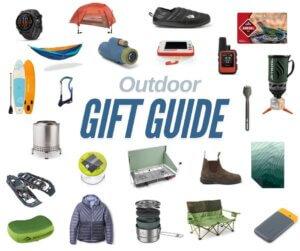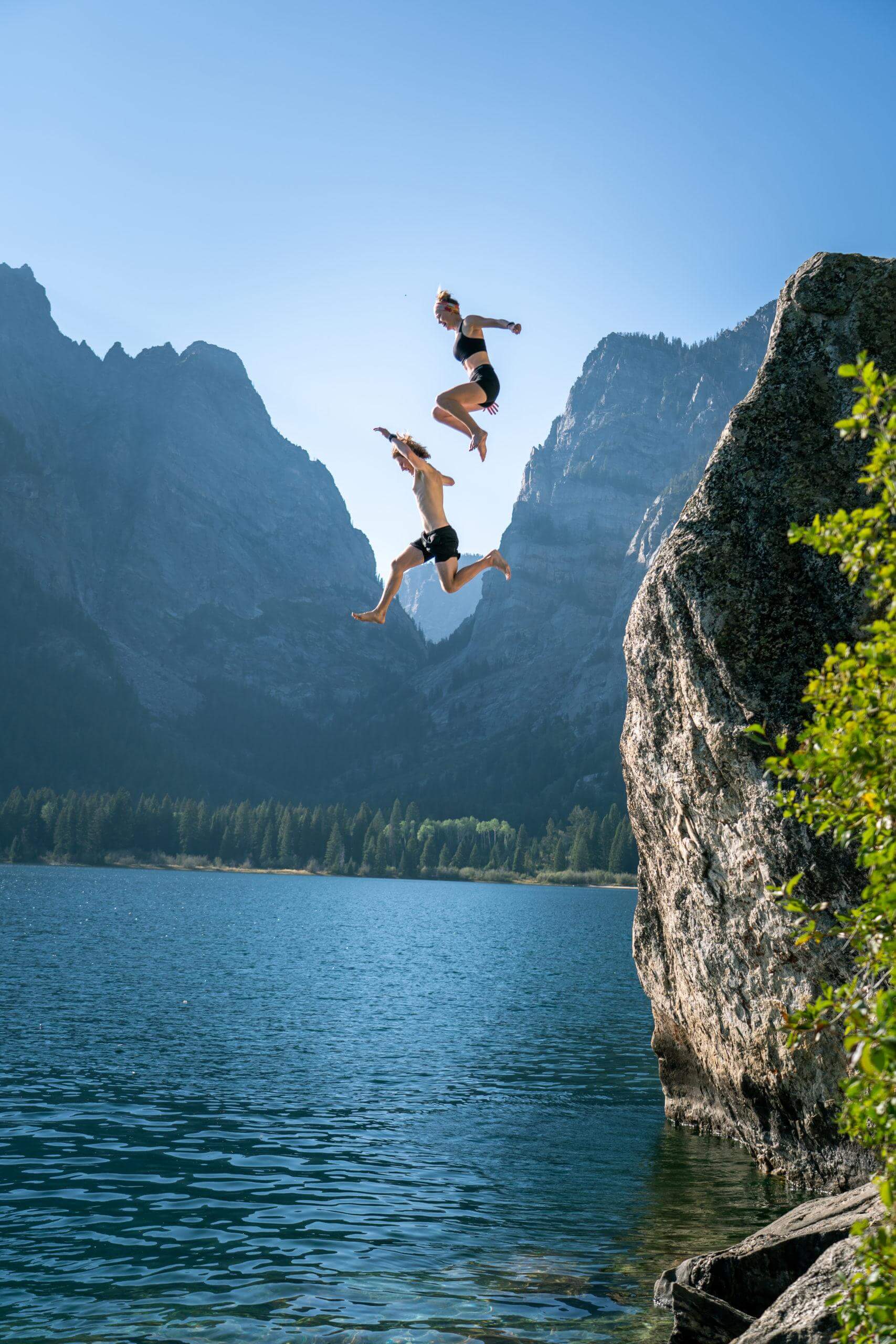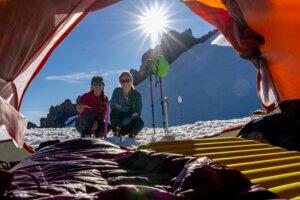Have you ever found yourself face-to-face with a bear? Would you know what to do if you were in that situation? Bear sightings and encounters are much more common that you would think. It is easy to say “that will never happen to me” and turn the other cheek, but it only takes ONE TIME for it to go wrong. If you are an avid hiker, odds are you will have many encounters in your lifetime. There are some very simple, yet important steps you can take in order to keep yourself and others safe.
Contents
| ***Disclosure: This post contains affiliate links. If you click one of them, I may receive a small commission (for which I am very grateful for) at no extra cost to you. |
Types of Bears
There are many different species of bear in the world, but for the sake of this post we are only going to talk about the two types you will likely encounter in the mountains.
1. American Black Bear: The black bear is the most common bear found in North America. The most collective misconception about the black bear, is that it’s coat color is black. This is false. Black bears can be black and/or brown, which is important to note when trying to identify the type of bear. The black bear is almost exclusively an omnivore, which means it survives off of plants and vegetables.
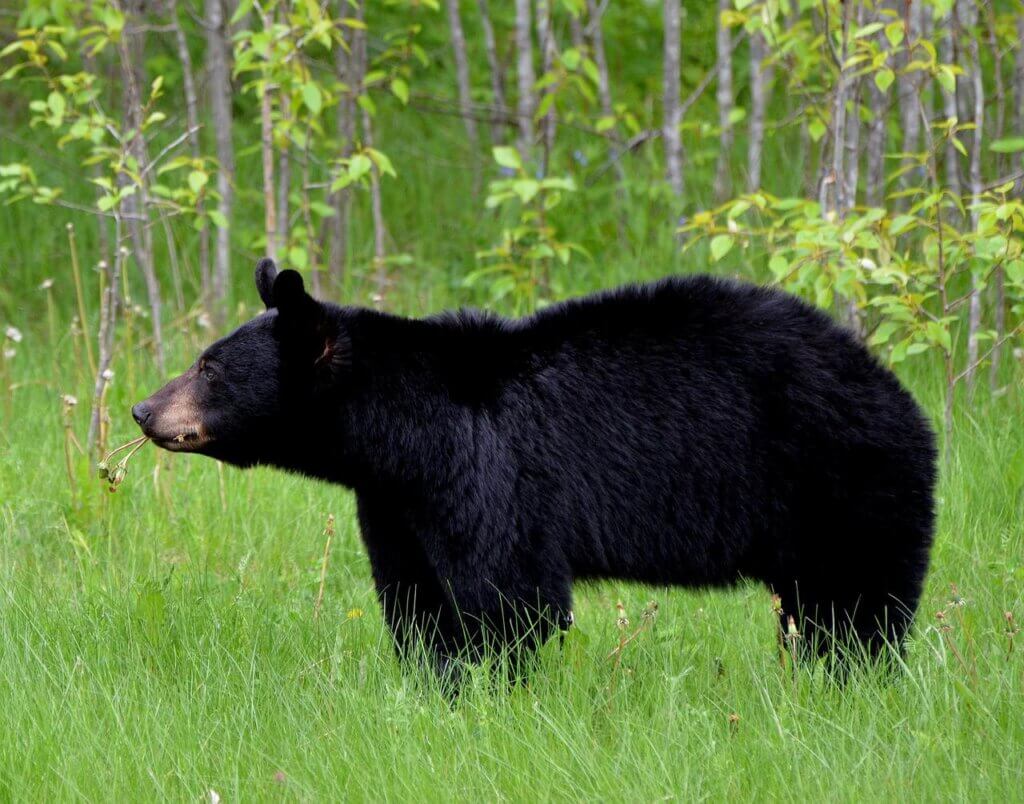
2. Grizzly Bear: The Grizzly bear is found in mostly Wyoming, Montana, Idaho, and Washington and of course up into Canada and Alaska. The Grizzly bear can be black/brown/white or any combo of these. Grizzly bears are mostly omnivores, but will not hesitate to eat other animals and fish.
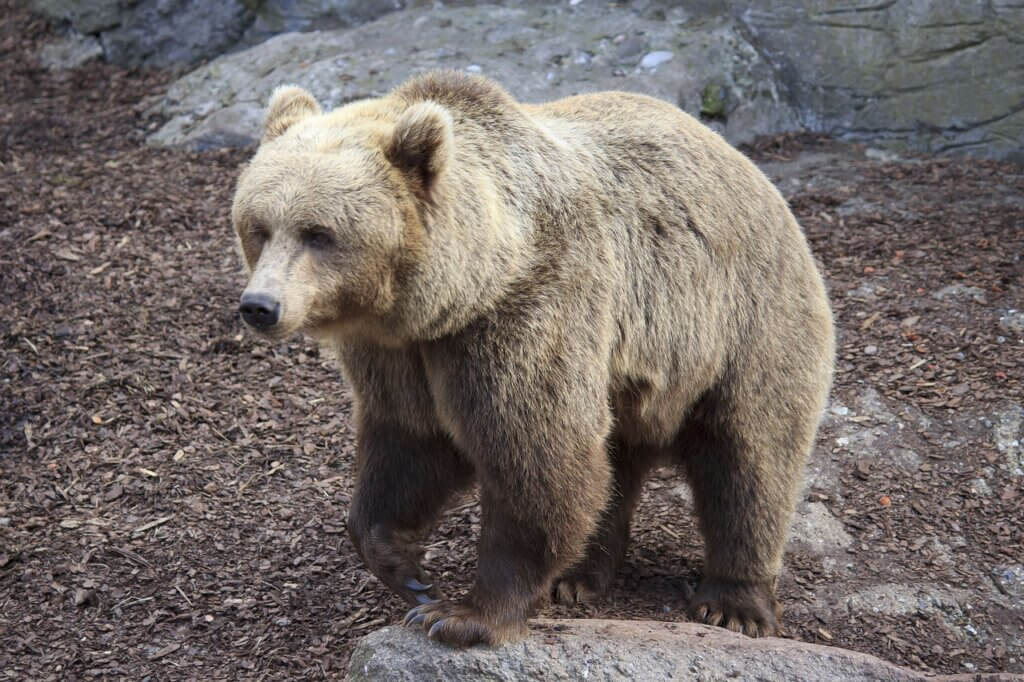
To Avoid Contact
An important thing to note is that bears do NOT want to hurt you! Bears generally only act in a defensive manor, when they feel they are threatened. The two main reasons a bear would feel threatened by you is if you sneak up on a mom and her cubs, or you get to close to a bears “stash” aka food.
- The best way to avoid contact with a bear is to carry a conversation, or make noise while hiking! If a bear hears you coming, it will likely head in the opposite direction, as it does not want anything to do with you. If you are hiking alone, you can carry a bell on your backpack that rings as you are walking. You can also periodically shout “Hey Bear” and that should do the trick. It feels funny at first, but it is worth it to ensure safety.
- Travel in groups. I saw a sign once that said “There has never been a bear attack on groups of four or more”. Now, there are definitely outlier cases to this, but the idea stands mostly true. The more people you have, the less likely a bear will mess with you.
- When camping, use a certified Bear Cannister or bear bag and rope for your food and items that smell (deodorant/toothpaste/ect.)
Bear Encounter
In the chance that a bear does not hear you coming, it is important that you know what to do if you encounter one. Follow these general guidelines to help minimize any danger.
- DO NOT PANIC! It’s true that bears can smell fear. Okay not really, but in order to stay safe it is important to gather yourself and stay calm. A lot of times bears will “bluff charge” to establish dominance. They will charge you head on, and at the last second turn away. It will take absolutely everything in you not to turn and run, but that’s exactly what you need to do. Don’t panic, stand your ground, and do not turn your back.
- Do not run. The worst thing you can do is turn your back and run away. This will almost always stimulate the bear’s innate predatory sense to chase and it will not end well. Bears are faster than you. That is a fact.
- Make yourself known. The best way to communicate to a bear that you are human and nonthreatening is to stand tall and talk to it in a loud, steady voice. You can wave your arms around or stand on a rock, whatever makes you look larger will help.
- Pick up small children. Easy targets.
- Move away slowly, without turning your back until you are out of sight. Leave the area immediately.
- Have bear spray in the ready position. If a bear is showing continuous aggressive behavior and comes within 20 yards of you, USE IT.
Bear Attack
In the unlikely event that a bear attacks you, it is essential that you know what to do. The first thing you need to do is to identify if you are in the presence of a Grizzly or Black Bear. This is very important, as you should react very differently to the two.
Black bear attack: FIGHT BACK! If you find yourself being attacked by a black bear, you need to fight back with everything that you’ve got. Use your fists, a knife, a rock, a stick or anything that you can get your hands on. Aim for the face and nose.
Grizzly attack: PLAY DEAD! Get into a position that protects your head and neck and do not move. Remain still until you are 100% sure that the bear has left the area. Worst case scenario, if this does not work and the attack persists, then fight back.
Bear attacks are fairly infrequent and usually happen to people who are not prepared. By understanding and following these tips, you should be ready to hit the trail safely! Check out the BEST hikes in Yosemite to put your skills to the test!
Happy Hiking!


